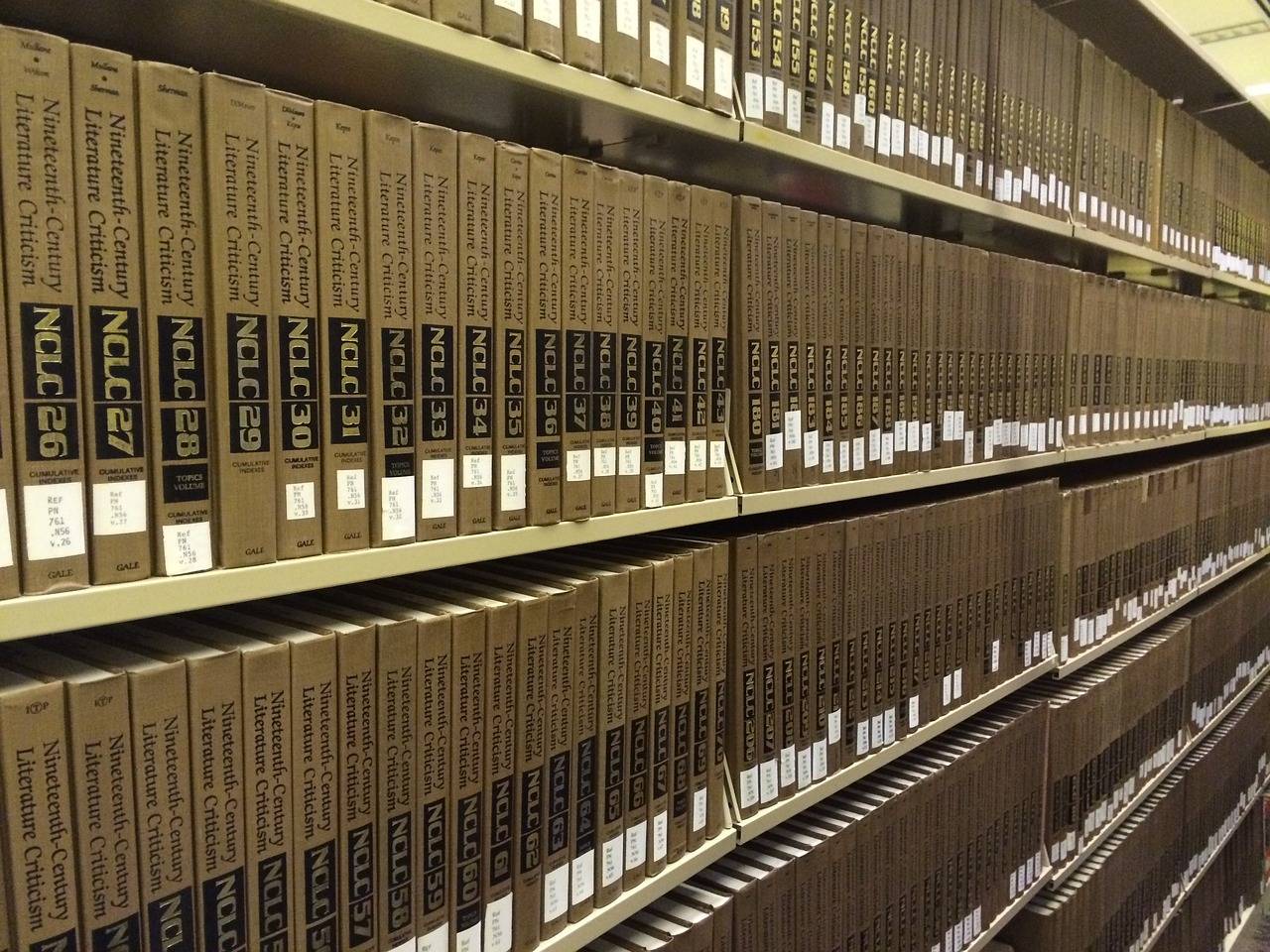Strategies for Supporting Culturally Diverse Students in Gifted and Talented Programs
Selecting culturally diverse students for Gifted and Talented Programs involves a multifaceted approach. One way to identify these students is through the use of multiple assessment tools that take into account different cultural backgrounds. These assessments should be culturally responsive and inclusive, allowing students from various backgrounds to showcase their abilities and potential.
Furthermore, it is essential to involve teachers, parents, and community members in the identification process to gain insights into the unique strengths and talents of culturally diverse students. Collaborating with individuals who have a deep understanding of the student’s cultural background can help in recognizing giftedness that may be expressed differently based on cultural norms. By engaging in a holistic approach to identification, educators can ensure that culturally diverse gifted students are not overlooked and receive the support they need to thrive in Gifted and Talented Programs.
Understanding the Unique Needs of Culturally Diverse Gifted Students
Culturally diverse gifted students bring a rich tapestry of experiences and backgrounds to the classroom, which can greatly enhance the learning environment. However, they may face unique challenges that need to be addressed to ensure their academic and social-emotional well-being. One such challenge is the issue of underrepresentation in gifted and talented programs, which can stem from systemic barriers, cultural biases, or lack of awareness about giftedness in certain communities.
Additionally, culturally diverse gifted students may encounter difficulties in finding mentors or educators who understand their cultural perspectives and can provide the necessary support. This lack of representation and understanding can lead to feelings of isolation, impostor syndrome, or the pressure to conform to mainstream expectations. Recognizing and addressing these challenges is crucial in fostering a supportive and inclusive environment where all gifted students, regardless of their cultural background, can thrive and reach their full potential.
How can educators identify culturally diverse students in gifted and talented programs?
Educators can identify culturally diverse students in gifted and talented programs by looking at factors such as language spoken at home, cultural background, and family traditions. They can also consider students’ experiences outside of school and their perspectives on issues related to culture.
What are some unique needs of culturally diverse gifted students?
Culturally diverse gifted students may have unique needs related to their cultural background, such as the need for culturally relevant curriculum, support for maintaining their cultural identity, and opportunities to connect with other students from similar backgrounds. They may also benefit from having mentors who share their cultural background.
How can educators support culturally diverse gifted students in the classroom?
Educators can support culturally diverse gifted students by incorporating diverse perspectives into the curriculum, providing opportunities for students to share their cultural experiences, and creating a culturally inclusive classroom environment. They can also work with students’ families to better understand their cultural backgrounds and support their academic and social-emotional needs.





